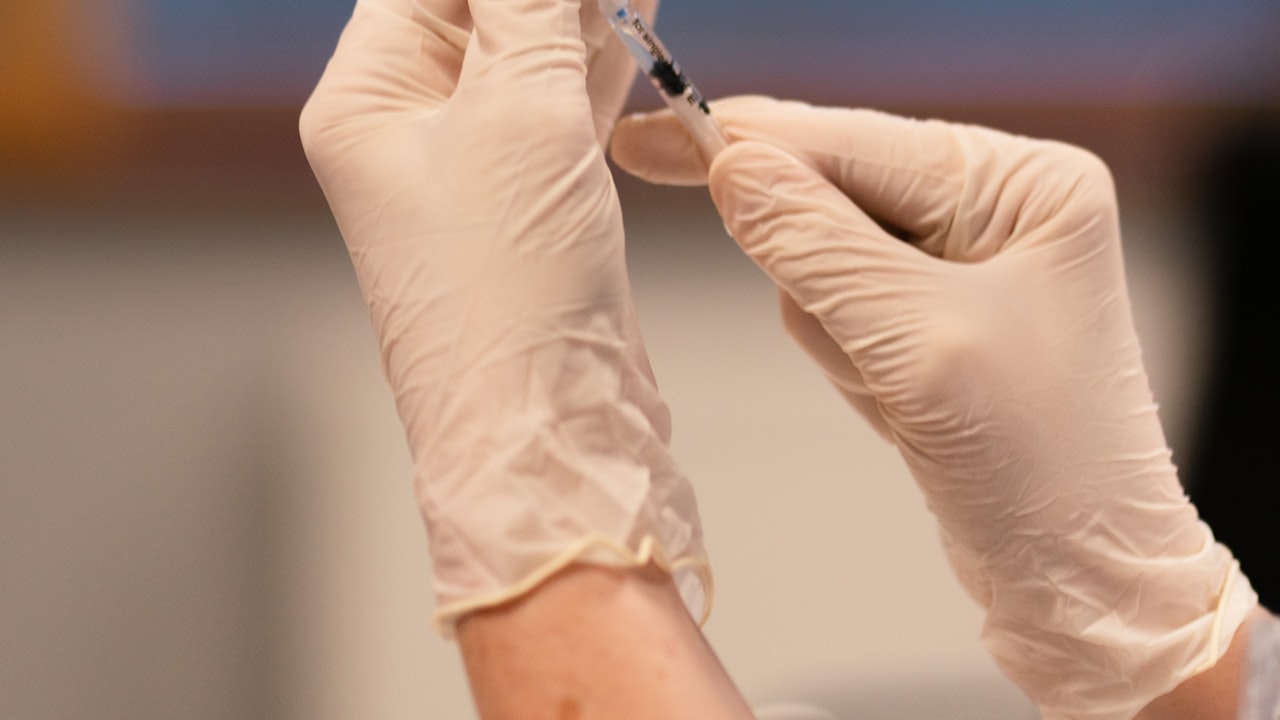 Title: Designing Precision Injection Mold: Key Considerations and Best Practices
Title: Designing Precision Injection Mold: Key Considerations and Best Practices
Precision injection molds play a crucial role in the manufacturing industry, particularly in the production of plastic components. When it comes to designing these molds, several key considerations and best practices need to be taken into account to ensure optimal performance and quality output.
One of the first steps in designing a precision injection mold is to collaborate with a reputable injection mold supplier or a specialized injection mold factory. These partners bring valuable expertise and experience to the table, assisting in the development of a mold that meets the specific requirements of the project.
During the design process, it is essential to consider factors such as material selection, part geometry, and mold complexity. The choice of material for the mold can have a significant impact on the durability and functionality of the final product. Additionally, the geometry of the part being produced must be carefully analyzed to determine the most efficient and effective mold design.
Mold complexity is another critical factor to consider when designing a precision injection mold. Complex molds may require advanced technologies and techniques to ensure accurate and consistent output. Working closely with experienced engineers and designers can help streamline the design process and address any potential challenges that may arise.
Furthermore, optimizing the cooling system of the injection mold is vital for achieving uniform part quality and minimizing cycle times. Proper cooling design can help prevent warping, sink marks, and other common defects in injection-molded parts.
Incorporating features such as venting, gating, and ejection mechanisms into the mold design can also improve overall efficiency and part quality. Venting ensures the escape of air and gases from the mold cavity, while proper gating helps control the flow of molten material during the injection process. Ejection mechanisms facilitate the easy removal of parts from the mold after they have been formed.
In conclusion, designing a precision injection mold involves a combination of expertise, careful planning, and attention to detail. By working closely with reputable injection mold suppliers or factories and incorporating best practices throughout the design process, manufacturers can achieve superior results and enhance the overall efficiency of their production operations.
